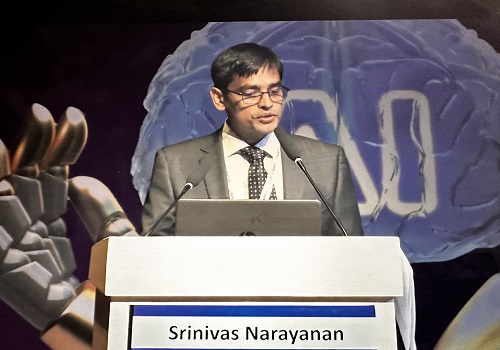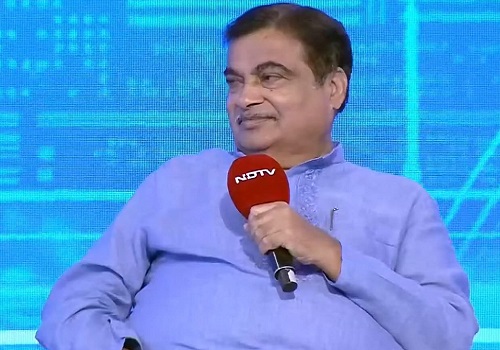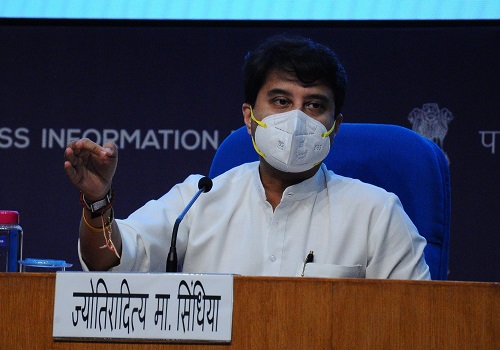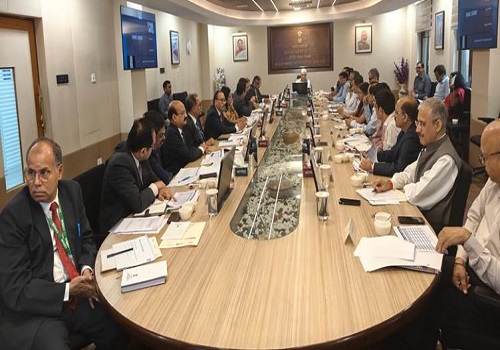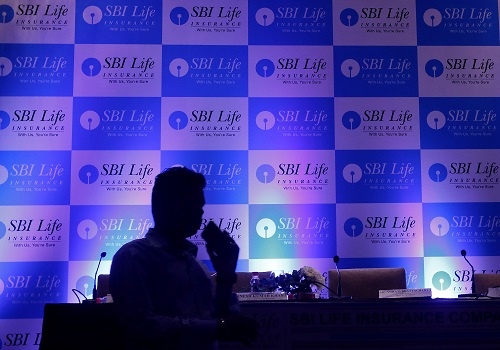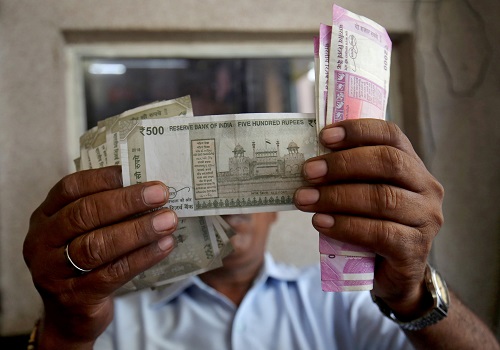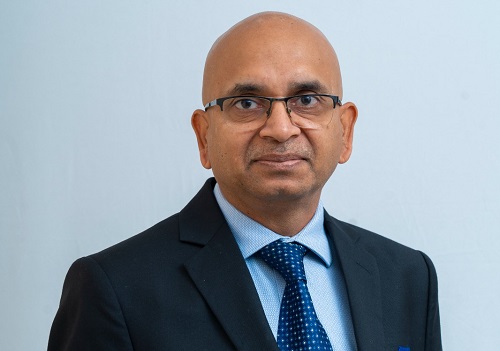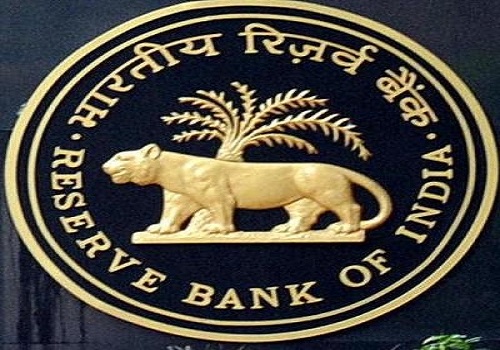RBI Monetary Policy - Status quo as widely expected By Axis AMC
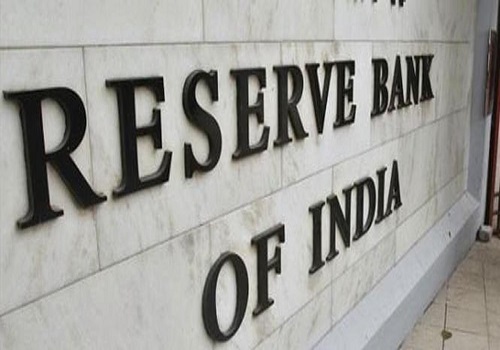
Follow us Now on Telegram ! Get daily 10 - 12 important updates on Business, Finance and Investment. Join our Telegram Channel
https://t.me/InvestmentGuruIndiacom
Download Telegram App before Joining the Channel
As widely expected and concurrent to our view, the Reserve Bank of India (RBI) continued with a pause on interest rates, but with a hawkish bias. The governor highlighted uncertainty around inflationary pressures and added that the policy remains focused on aligning inflation to 4% target on durable basis and not in the band of 2-6%.
Policy Decision
* Repo rate unchanged at 6.5%
*SDF rate unchanged at 6.25% and MSF rate unchanged at 6.75%
* All six members voted in favor of the pause.
* Five members voted to “remain focused on withdrawal of accommodation to ensure inflation progressively aligns with the target, while supporting growth”
* Possibility of OMO sales to keep liquidity in check
RBI could consider OMOs
The central bank could consider Open Market Operations (OMOs) of government securities to manage liquidity. The timing and quantum of such operations would depend upon evolving liquidity conditions. The governor phased out the I-CRR initiated in its last MPC.
Outlook on growth and inflation unchanged
The governor reiterated concerns from his earlier MPC statement on global growth highlighting divergent
and slowing trajectories across regions amidst moderating but above target inflation, tight financial
conditions, ongoing geopolitical conflicts, geo-economic fragmentation and high public debt. The central
bank retained its estimates both on growth and inflation but pointed out risks to the outlook from external sector.
The measures taken by the government have helped correct vegetable prices. The central bank expects inflation to fall lower over the near term but the future trajectory could be dependent on factors such as sub-normal monsoon, and a lower area sown under pulses, low reservoir levels, and volatile global energy and food prices. While vegetable prices may undergo further correction and core inflation is easing, the MPC noted that headline inflation is ruling above the tolerance band and its alignment with the target is getting interrupted. Domestic economic activity is holding up well and is expected to be boosted by festive consumption demand, pick up in investment intentions and improving consumer and business outlook.
Market Reaction
The headline policy action was in-line with market consensus. Money markets have seen an uptick of 5-10 bps within bonds of up to 5 years while the 6-10-year government bonds saw a rise of 10-14 bps. The benchmark 10-year G-Sec stood at 7.35%.
Our View
Though status quo was widely expected, policy action in the form of OMOs were completely unexpected by the markets and even by us. The immediate reaction has been a rise in yields and we believe that the yields would shift higher leading to a steeper yield curve and some nervousness should persist in the near term. Accordingly, we expect the 10-year benchmark to trade in a range of 7.25-7.45%. We retain our view that interest rate cycle in India and across the globe has peaked and will remain higher for longer. Inflation, as evidenced by core inflation continues to fall and this augurs well for policy rates to be on hold. Rising US Treasury yields and a stronger US dollar will have an indirect impact on the external sector which is one of the risks highlighted by the governor. Given the inclusion of Indian government bonds to the JP Morgan Emerging Market Indices and various news suggesting the likely inclusion into Bloomberg Indices as well, we expect stability in bond yields over the medium to longer term.
With policy rates remaining incrementally stable, we have added duration gradually across our portfolios within the respective scheme mandates. Investors can look at actively managed strategies to capitalize from fluctuations in rate movements. While the overall call is to play flat to falling interest rate cycle over the next 18-24 months, markets are likely to see sporadic rate movements. In such a scenario, active funds are ideally positioned to toggle across duration and the ratings curve to optimize medium term returns
Above views are of the author and not of the website kindly read disclaimer




